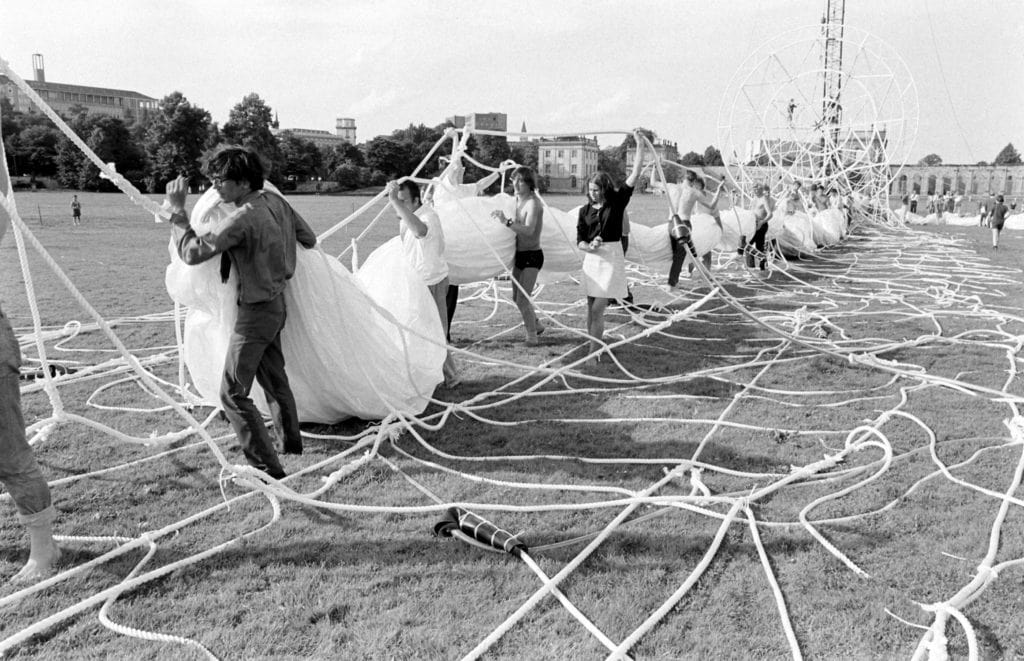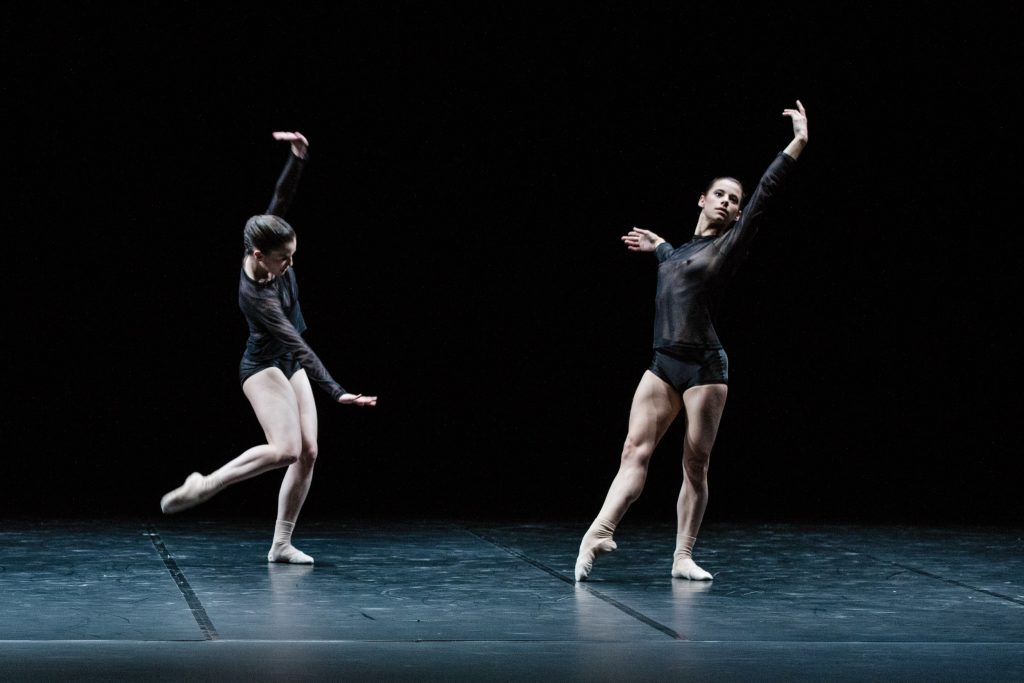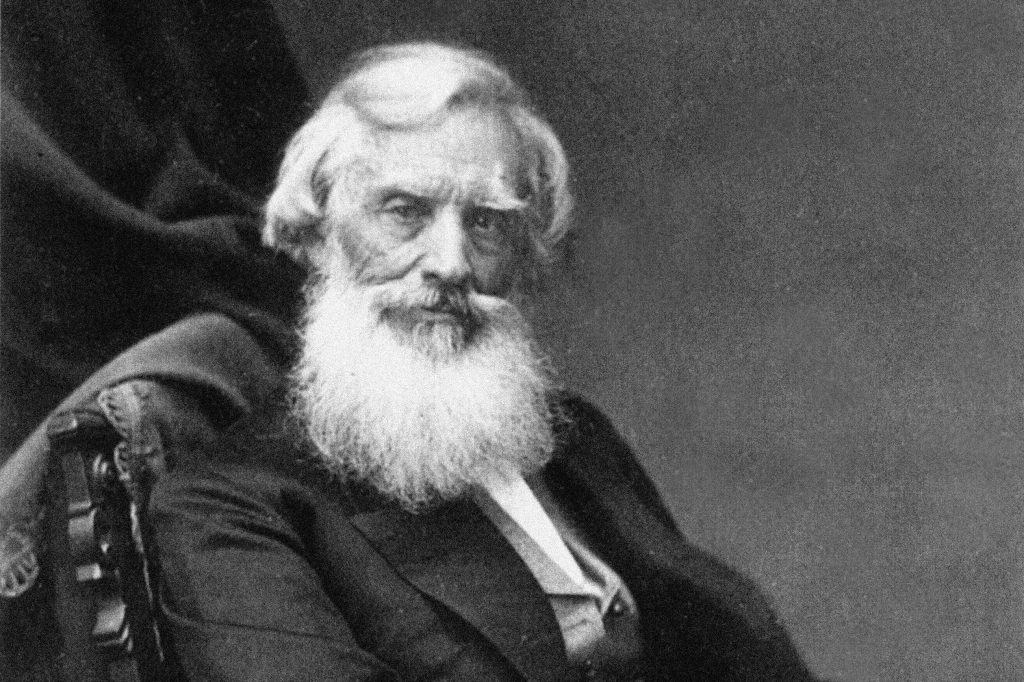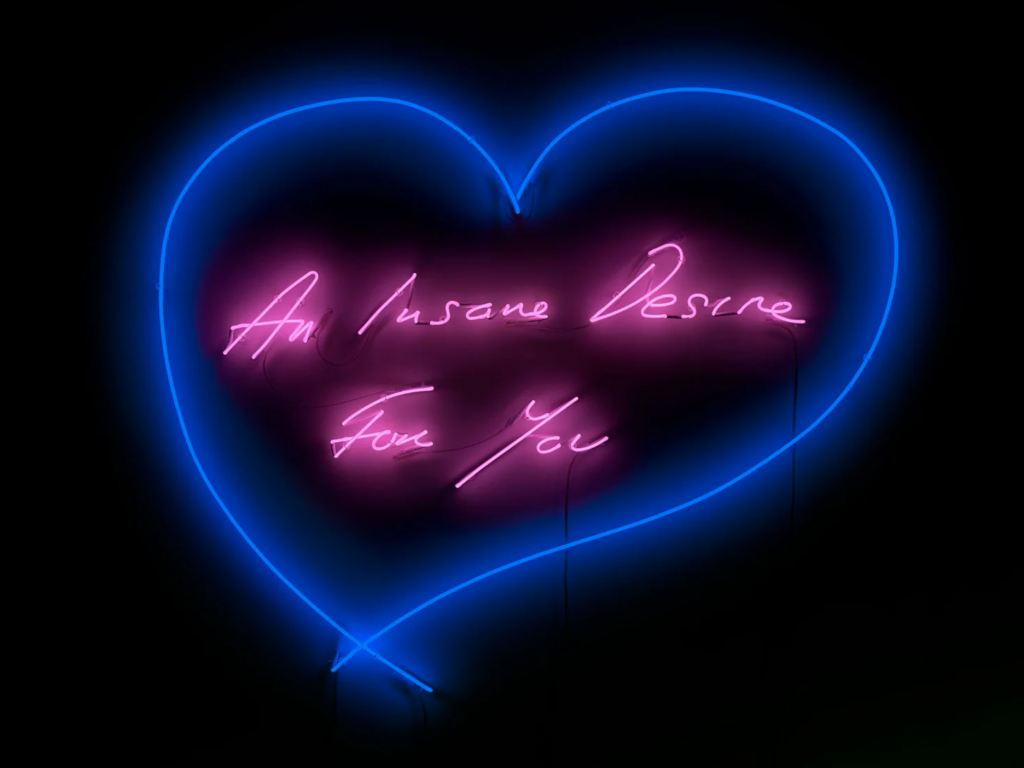In the history of art there are few artists who, as well as sharing common projects of life, have started a fruitful creative partnership; among the examples, such as Stieglitz-O’Keeffe, Abramovich-Ulay or Rivera-Kahlo, two spouses above all have placed the artistic projects conceived and created together at the center of their relationship: Christo and Jeanne-Claude. Born on the same day in the same year, the 13 June 1935, they some of the greatest exponents of the Land Art, a trend formed in the second half of the Twentieth Century linked to a revolution in the concept of artistic context in terms of form and concept: crossing the closed museum space, the works of the duo directly interact with the landscape, both human and natural, using monumental sheets to “pack” large portions of territory, generating amazement in the eyes of the observer.
Taking inspiration from the mysterious attitude of works such as Man Ray’s L’enigme d’Isidore Ducasse, or Beuys’ Piano with felt, Christo and Jeanne Claude hide from sight known objects, usually only superficially observed, in order to reveal their essence in a stronger way: the void left by a place or a monument, whose nature is considered potentially eternal and unchanging, has a destabilizing effect on the rationality of the public, overwhelmed by the emotional turmoil. The spectators, deprived of the sight of an object to which they are linked by intimate connection filled with personal memory become participant of a collective thought on the element of time, that is often that is often overlooked because of the repetitiveness of daily rhythms that has the demerit of anesthetizing the surrounding beauty.
The “empaquetage” became the stylistic signature of the spouses Christo and Jeanne-Claude, whose art was spectacularized on a global scale, primarily diffused by the media advertising campaign; however, beyond the undoubted originality of the enormous installations, it is perhaps the “behind the scenes” that constitutes a unique case in the entire history of art: the arrangement of the monumental sheets is not a process only limited to the artists or to a small circle of collaborators, but it takes a collective connotation, involving a large group of professionals, with different tasks but united by a common interest for the works of the Masters.
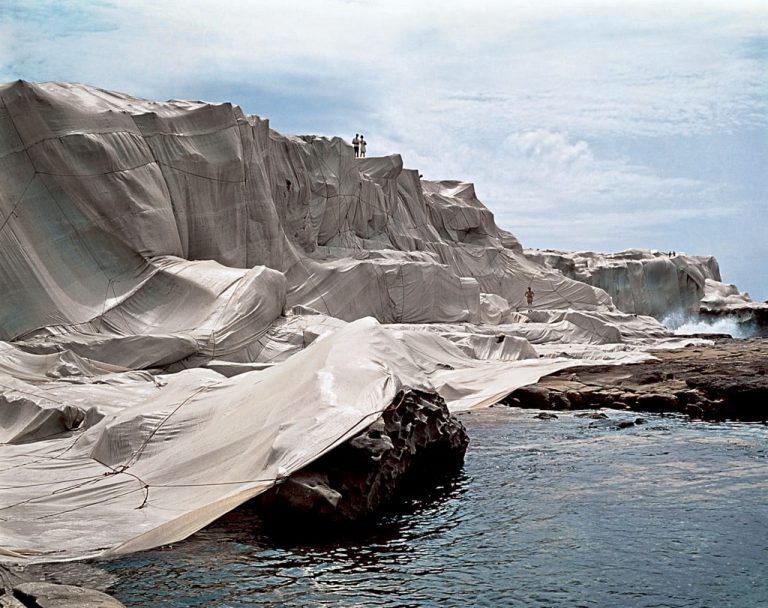
Moreover, the opportunity to participate in the first person to the concretization of the projects results in personal training experiences, that have often led to the overcoming of mental and physical limits of the individuals; many believe that the contact with these two artists and the immersion in their work program have been essential to undertake a change, in some cases comparable to a tangible breakthrough in their lives.
- “the encounter with Christo and Jeanne-Claude changed my life. With them I had the chance to test myself and understand what I would do when I grew up”
- – John Kaldor, remembering his participation in Wrapped Coast (1969);
- “What have I learned from Christo and Jeanne-Claude? To be myself. With everybody […]. Banning the arrogance or the alleged sense of superiority. You roll up your sleeves and work au pair”
- – Tim O’Connor, handyman in Surronded Islands (1980-83);
- “Christo and Jeanne-Claude were the first to believe in me and to give me the trust I needed. They are like this. They give people the opportunity to act, knowing perfectly well in which field an individual has the potential to excel”
- – Laure Polet, , whose appeasing of the Parisian public opinion was fundamental for the realization of The Pont Neuf Wrapped (1975-1985)
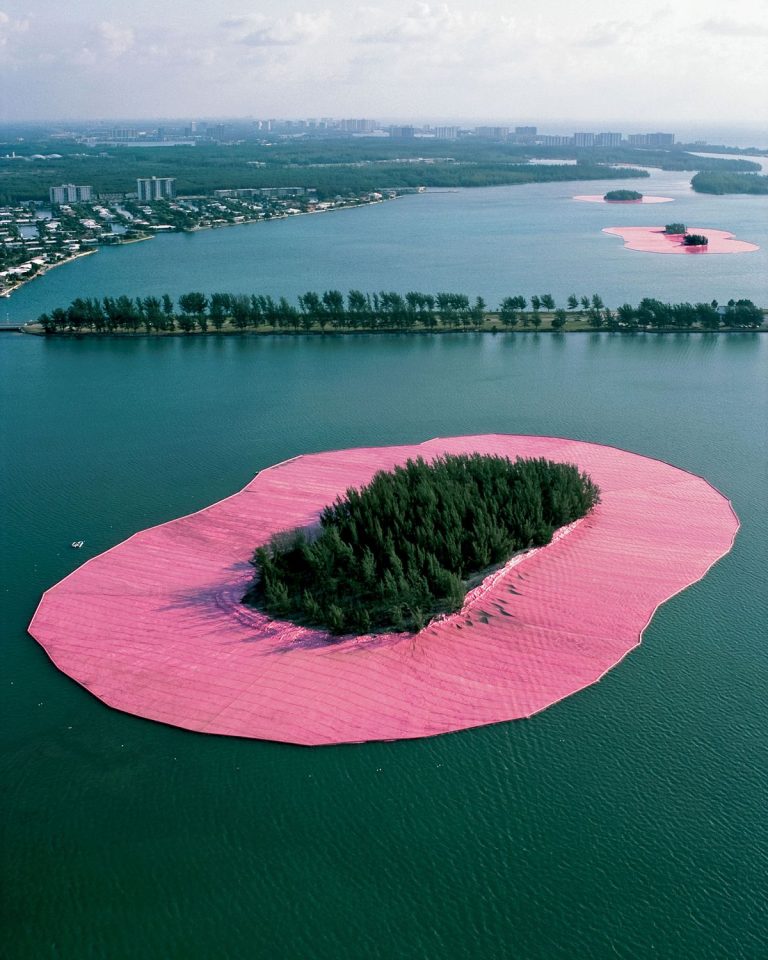
The examples make clear the impact of the work of the spouses on those who have taken part in these projects. But what is the underlying reason for this influence? The answer lies precisely in the peculiarities of the two artists: charismatic and determined figures, they never lost heart in facing the constant obstacles between the conception and the realization of their immense and complex installations.
Regardless of the economic problem (the costs of the packagings are exorbitant, but entirely self-financed with the sale of their drawings and projects), it is above all the bureaucratic factors that have caused constant interruptions, causing the work to be delayed for years, sometimes for decades: from landowners and families whose lands were lapped by temporary occupation of the installations of the duo, to prominent political figures (The Pont Neuf Wrapped was realized only thanks to the approval of political leaders Chirac and Mitterrand, after ten years), many initially considered this use of fabrics to conceal known objects useless and aberrant, except then to recognize the incredible economic return and the benefit in terms of image resulting from this unusual aesthetic process. But in addition to cumbersome administrative procedures, the construction timelines were dilated also because of the alleged environmental problems extended the construction times: pressed by those who believed the cloths to have an impact on the territory, and a source of possible ecosystem damage, during the operations for Surronded Islands the spouses were forced to carry out numerous studies aimed at proving the zero influence of their works on the environment, by consulting experts such as ocenographers or geologists, leading to surprising results (for example, the hypothesis that the pink propylene used to make “Surronded Islands” could damage the environment of manatees was not only proved unfounded, but surprisingly the researchers noticed an increase in the sexual activity oh these mammals).
The stubborness shown by the two in pursuing their art appears at least unusual: facing the enormous expansion of time caused by the denial of presidential figures, by the exorbitant economic costs and by the uncertain environmental impact, many would have renounced their projects on the spot; yet, demonstrating an uncommon tenacity, they created works whose memory is globally indelible, demonstrating the artistic groundlessness of the concept of “impossible”.
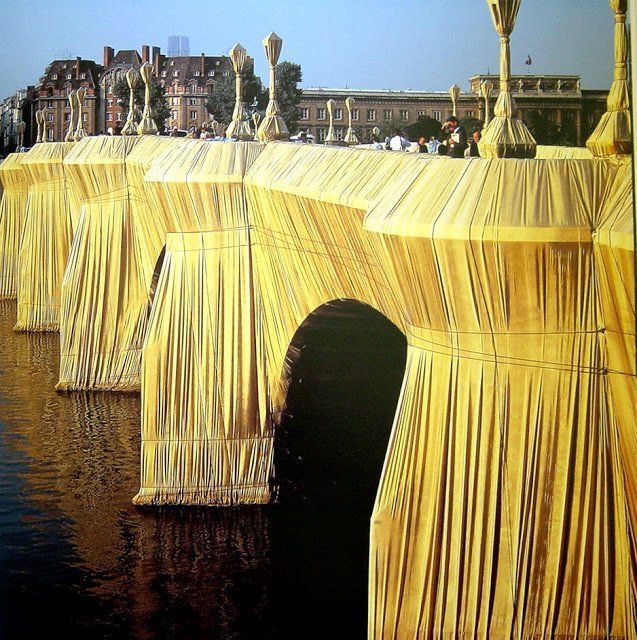
And it is exactly this “modus cogitandi” that has left an everlasting mark on the lives of those who participated in the environmental installations: as emphasized by Jerome Szeemann, son of the famous curator Harald Szeemann, “with Christo and Jeanne-Claude the word ‘impossible’ does not exist. For every problem there is a solution. And when you work with them you find yourself thinking exactly the same way”. Thus to be eternalized in memory is not only the catalogue of the works, bur their deep way of “making art”: overcoming the aseptic relationship between owner and employee, and taking part in the installations themselves, the artists created with insiders a bond comparable to that existing between members of the same family; and in a similar way to a young son influenced by the personality of a wise father, the members of Christo and Jeanne-Claude’s family-team have shaped their daily lives according to the workaholic example of the artists, perpetuating their legacy.
The transformative element of their art is therefore not limited only to objects and works of art, but also extends itself into the personality of those who took part in them, revealing their strengths and salient features, eliminating self-imposed limits and demonstrating the concept of “impossible” to be only an obstacle created by the human mind. It is natural to wonder whether it will be possible to obtain a similar effect with the imminent packaging of the Parisian Arc de Triomphe, a project long dreamed by the couple but never realized: although now it is known whether the spiritual presence of the artists can compensate for their physical absence, perhaps, who knows, in a few years the new members of the “Christo family will” see their daily life changed precisely on along the lines of the Masters’ legacy, whose example will always live in those who have silently accompanied their art.

